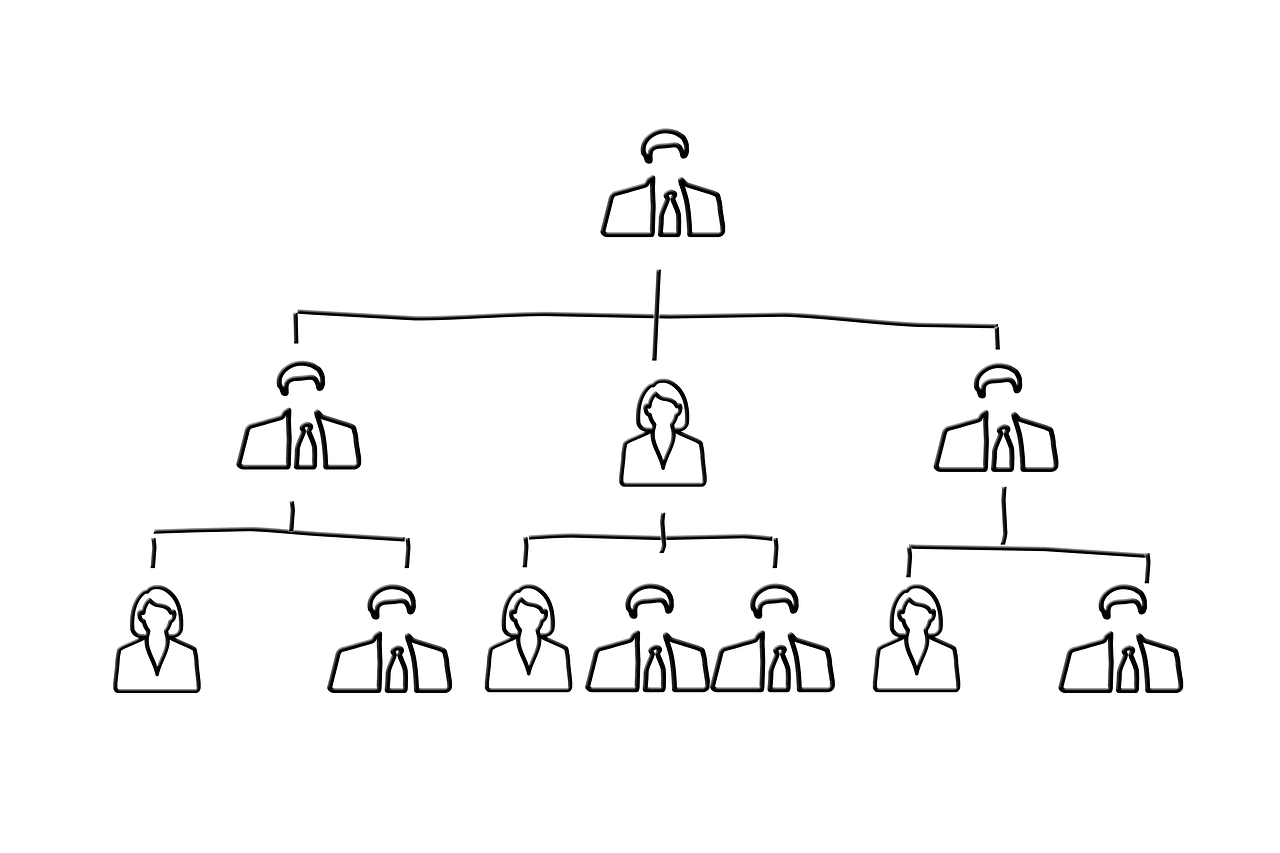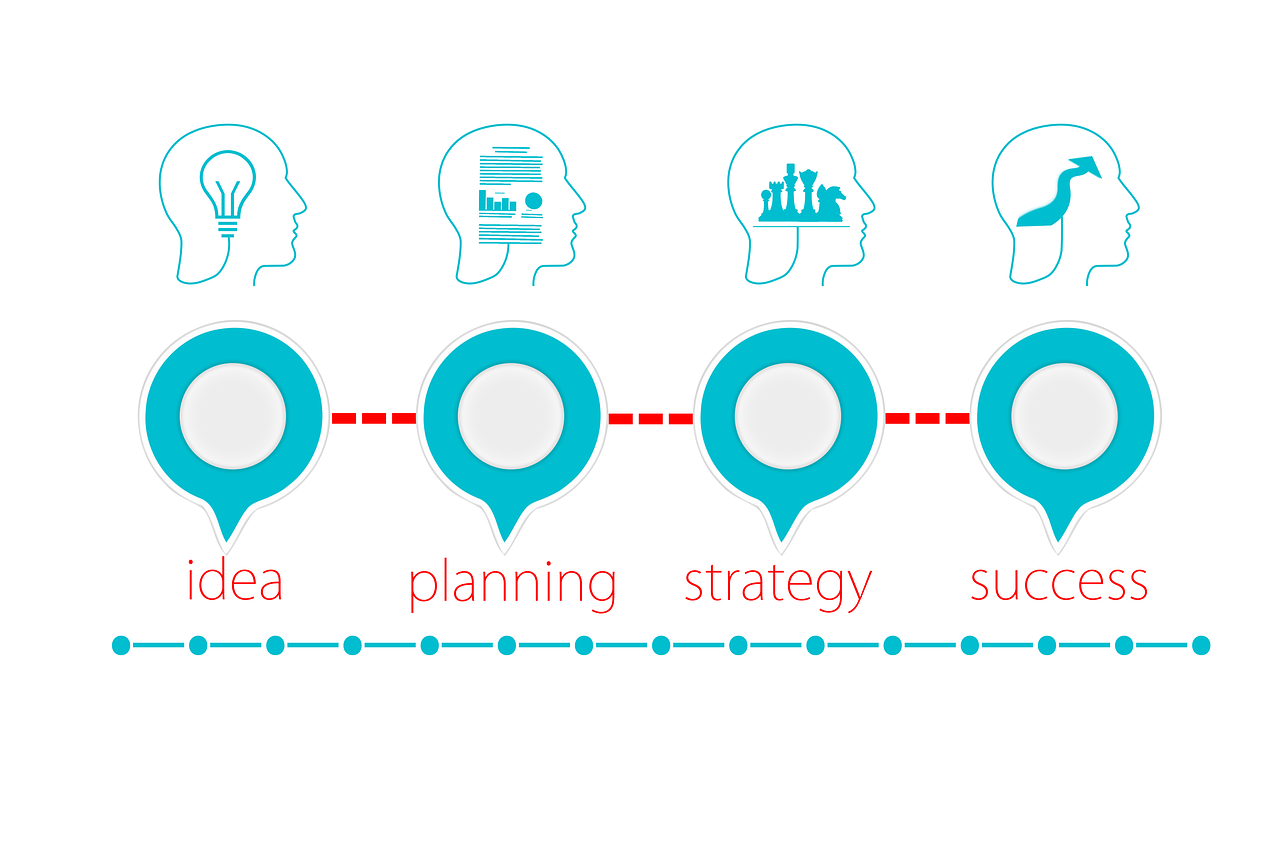-
Project activities: role and characteristics
In this article we will examine the project activities, their role and characteristics. CONTENT What defines a project? 1. Clarify project goals and scope 2. Develop a work breakdown structure 3. Deliver a realistic schedule 4. Create a project risk plan 5. Manage change requests Project activities: planning and development 1. Setting up project activities … Continue reading "Project activities: role and characteristics"
-
Product life cycle and its relevance in business strategies
A product’s life cycle (which should not be mistaken with a project’s life cycle) bears a strategic relevance for the company that produces it. CONTENT What is product life cycle management? The four phases of a product’s life cycle and related business strategies 1. Introduction 2. Growth 3. Maturity 4. Decline Product life cycle: bottom … Continue reading "Product life cycle and its relevance in business strategies"
-
Project quality control: which parameters should be monitored
Project quality is a major factor in achieving client satisfaction, which in turn is a key component in project success. Therefore, nothing about quality should be taken lightly, but more importantly, quality control should not be something improvised or done afterwards. CONTENT Planning and identification of parameters to be monitored for quality Parameters to monitor … Continue reading "Project quality control: which parameters should be monitored"
-
Corporate governance vs management
CONTENT Corporate governance role Corporate governance: 7 questions to understand it Governance duties and responsibilities Management’s role Corporate governance vs management: Conclusions Corporate governance and management are not the same thing, although some people might think so. Actually, they are two very different things. Let’s make it clear in this article where we will look … Continue reading "Corporate governance vs management"
-
Top-down and bottom-up projects
Top-down and bottom-up management are two of the most popular approaches in the Project Management world. What you need to know is that before beginning to work on a project, it is very important to have a management approach in place and to be consistent with it. CONTENT What is top-down management? Pros and cons … Continue reading "Top-down and bottom-up projects"
-
Negative Feedback: 7 things to do when…
Receiving a negative feedback is never a pleasant experience. You work hard to create a quality product and seeing your actions judged negatively can lead to anger and frustration. These are negative reactions that later can also compromise our performance. CONTENT How to face a negative feedback Facing negative feedback: Better safe than sorry Facing … Continue reading "Negative Feedback: 7 things to do when…"
-
Product Manager: role importance
The Product Manager is a core figure for a business. He ensures the company’s position in the market, drives the product roadmap to meet deadlines and focuses on long-term success. How does a product manager perform this important task? We will discuss the subject in this article. CONTENT What does a product manager do? Why … Continue reading "Product Manager: role importance"
-
Project standard deviation
Standard deviation is an abstract construct based on observation rather than computation or experimentation. The standard deviation, also represented by the Greek letter sigma σ, is a metric used to express the amount of variation or dispersion in a group of data. In other words, it defines how much the members of a data group … Continue reading "Project standard deviation"
-
Risk Register: how to compile it
The Risk Register is a valuable working tool, often underestimated. Projects sometimes involve huge work demands and significant amounts of money to be completed successfully. Ensuring that they are completed is an extremely delicate yet complex task. How can you achieve this? Simple: with a risk assessment and, thus, the compilation of a risk register, … Continue reading "Risk Register: how to compile it"
-
Strategic analysis in project management
Planning a project and conducting a strategic analysis should be a key activity for a project manager no matter what industry they work in. Although digital technologies and the online environment have changed in virtually every industry, the skills, tools and techniques for project planning continue to be relevant. CONTENT What does SWOT mean? When … Continue reading "Strategic analysis in project management"
-
Repeatable and sustainable project management processes (part 2/2)
In the first part of the article we outlined what process repeatability is and also discussed the advantages of process repeatability and sustainability. CONTENT Concerns about process repeatability and sustainability 1. Does process repeatability and sustainability mean monotony and boredom? 2. Does process repeatability and sustainability destroy creativity? How can you build a repeatable, sustainable and … Continue reading "Repeatable and sustainable project management processes (part 2/2)"
-
Repeatable and sustainable project management processes (part 1/2)
Having replicable and sustainable project management processes is the foundation for any respectable organization or project team. Imagine if a project manager and a project team did not have set guidelines for project management, what would happen? You know what, it would be like taking a random group of random people off the street, having … Continue reading "Repeatable and sustainable project management processes (part 1/2)"
-
7 tips for gaining competitive advantages as project manager
The competitive advantage that a Project Manager can achieve is strongly associated with project management. This is rarely easy and, consequently, the role of project manager is not a simple task. CONTENT 1. Avoid micromanagement 2. Assess priorities 3. Manage time effectively 4. Manage effective communication 5. Know the ultimate technologies in the industry 6. … Continue reading "7 tips for gaining competitive advantages as project manager"
-
Employing SMART guidelines for goal setting
SMART guidelines for goal setting are key aspects of project approach. It happens, however, that these guidelines are, in some cases, set aside for the sake of extemporaneousness of the project itself or an alleged clarity of shared objectives. The result is a vicious circle: unclear objectives lengthen and undermine the project results. CONTENT What … Continue reading "Employing SMART guidelines for goal setting"
-
Effort and duration: difference and priority
Estimating project effort and duration is a core element of any project planning. CONTENT What is effort? Not just Effort but also time factor What does duration mean? Effort and duration relationship Project effort and duration example Duration Effort Project effort and duration relationship Conclusions The goal of effective project management is to complete the … Continue reading "Effort and duration: difference and priority"
Project management
Choose the category you are interested in:
AgileComparisonCost managementPm expertProduct updatesProductivityProject managementResource managementTime managementUsage tips















